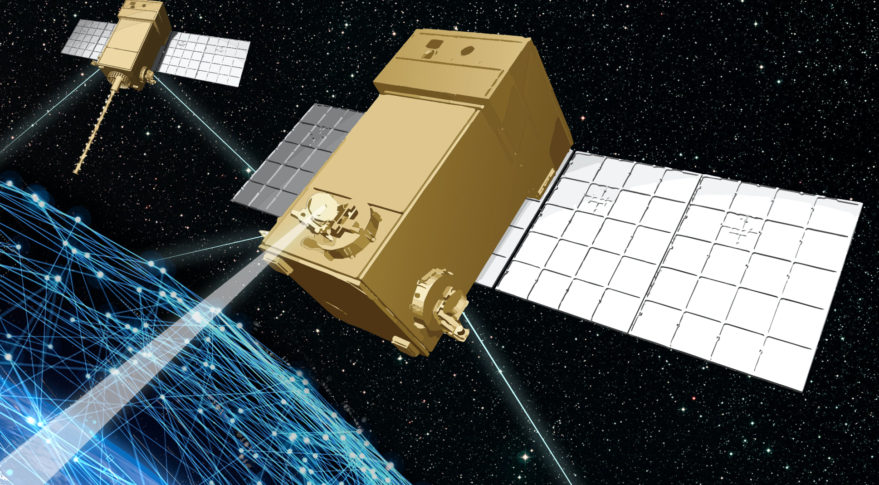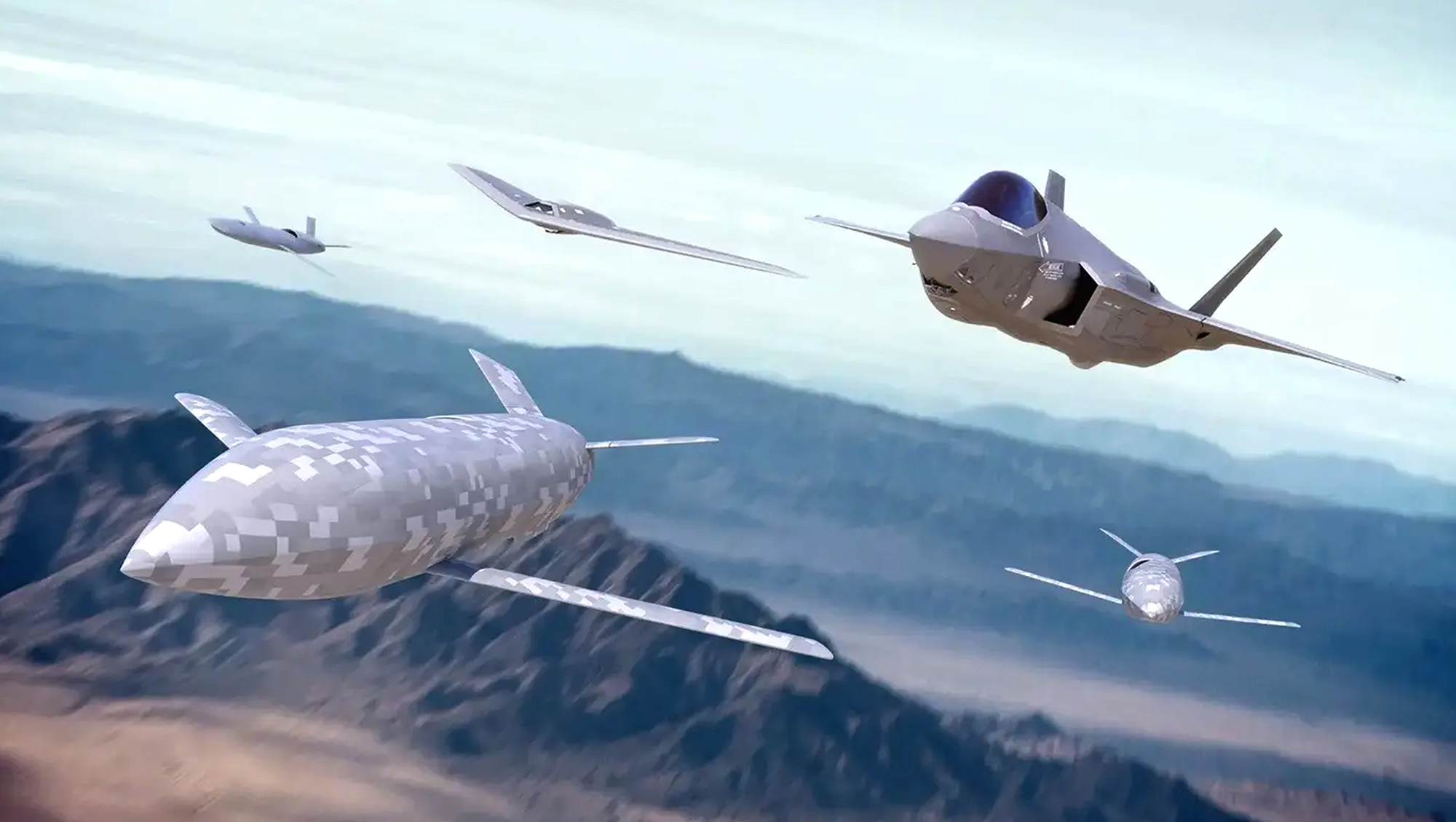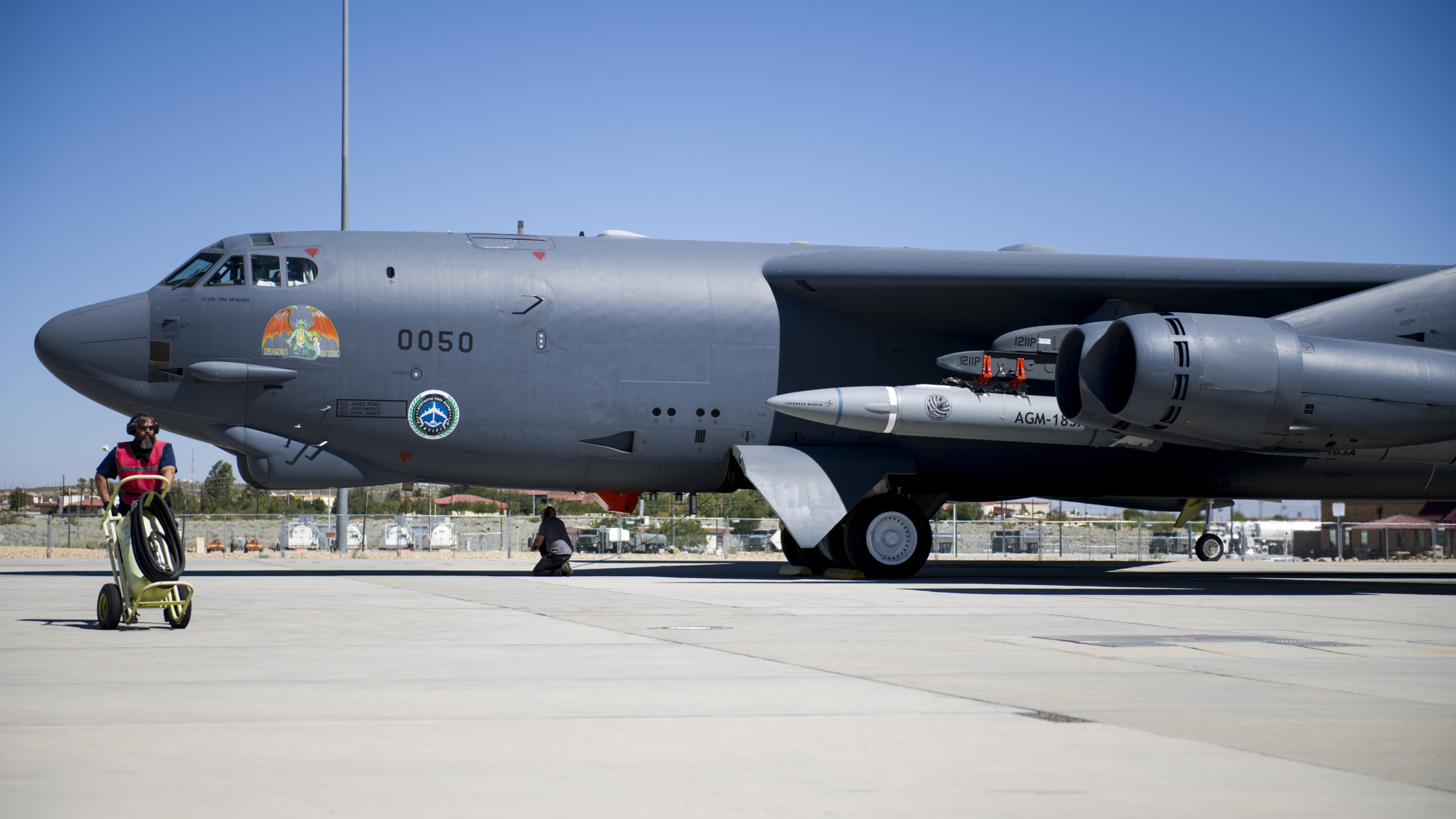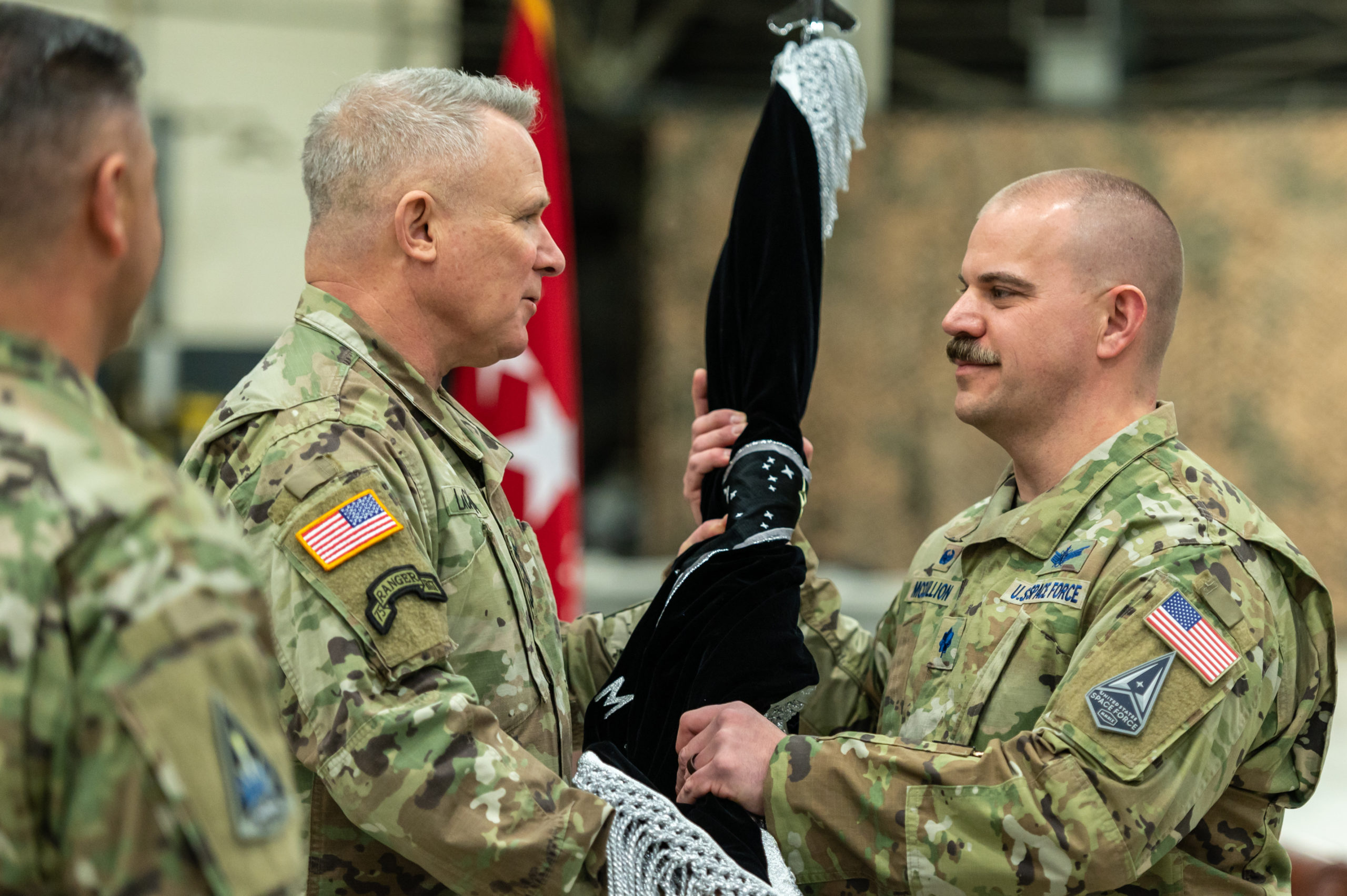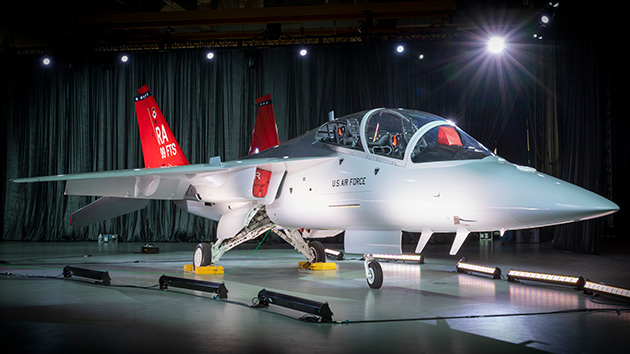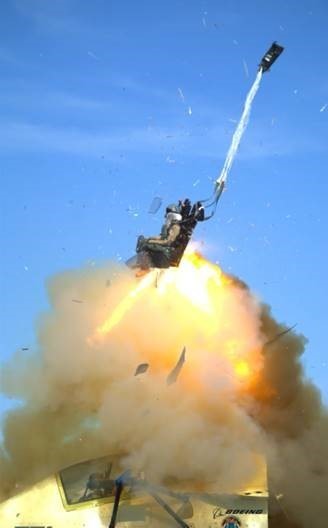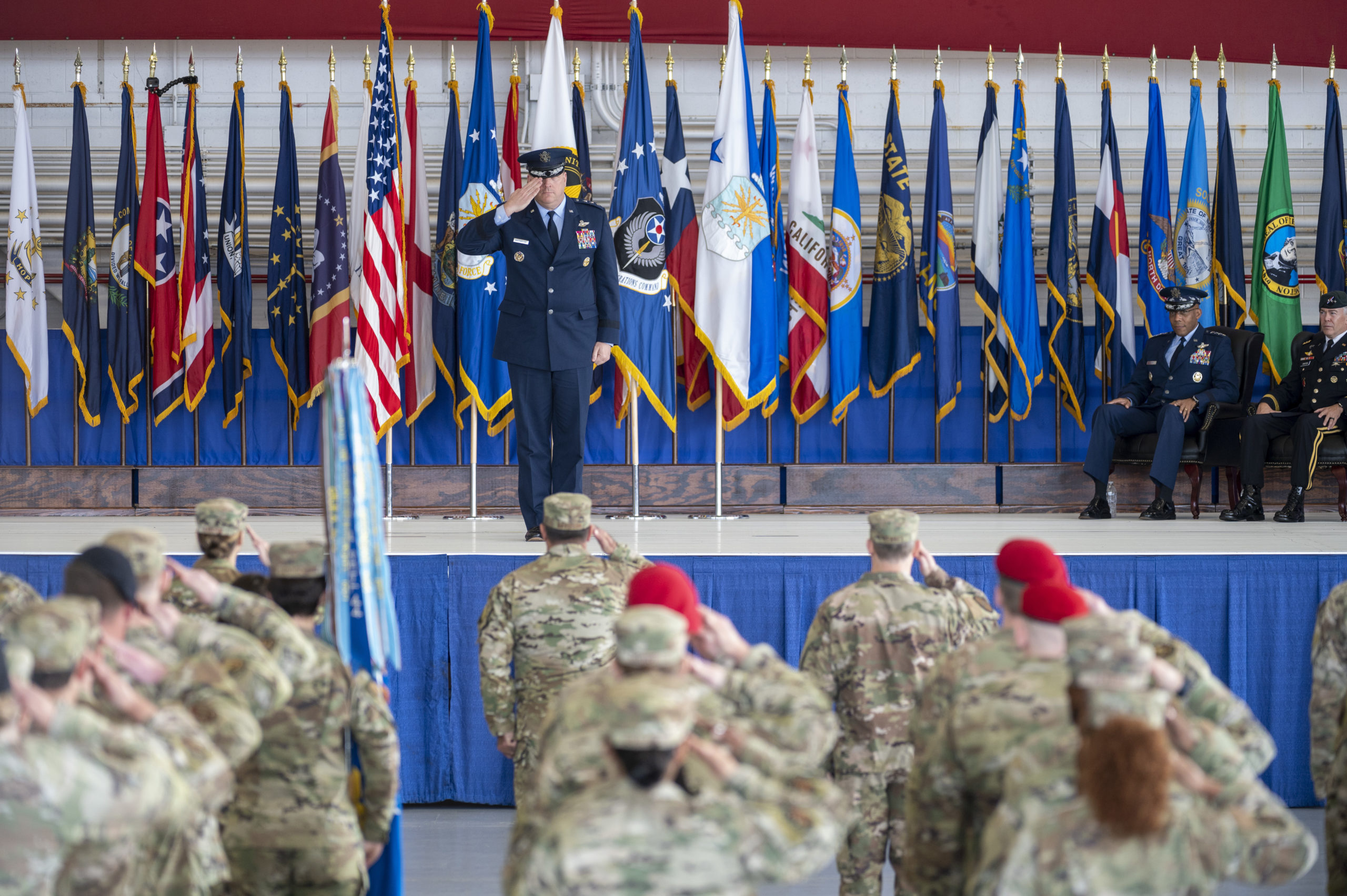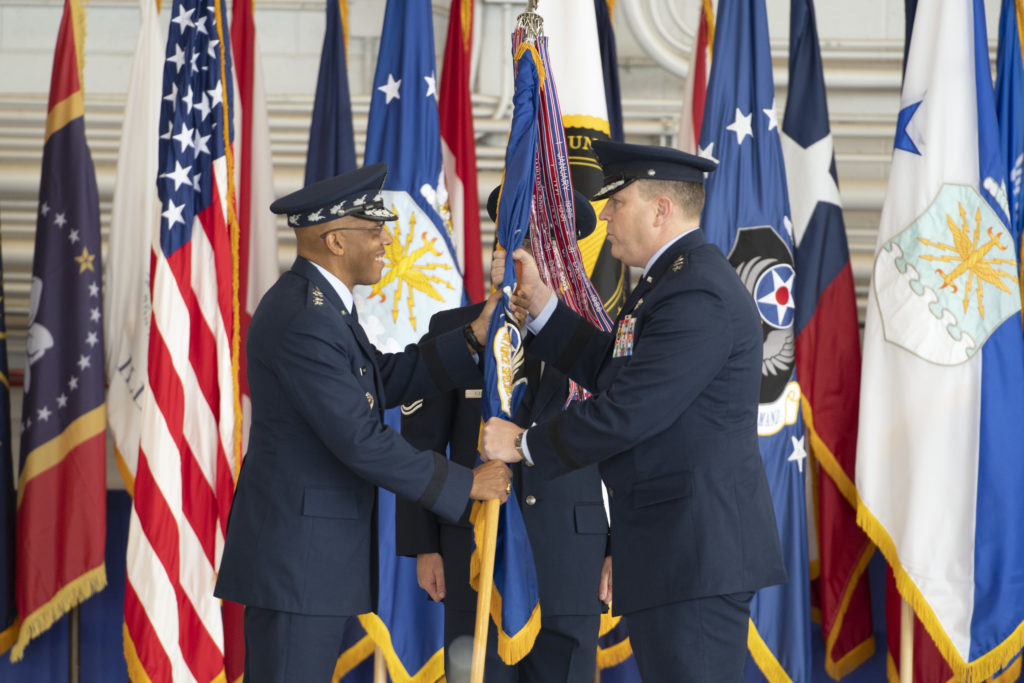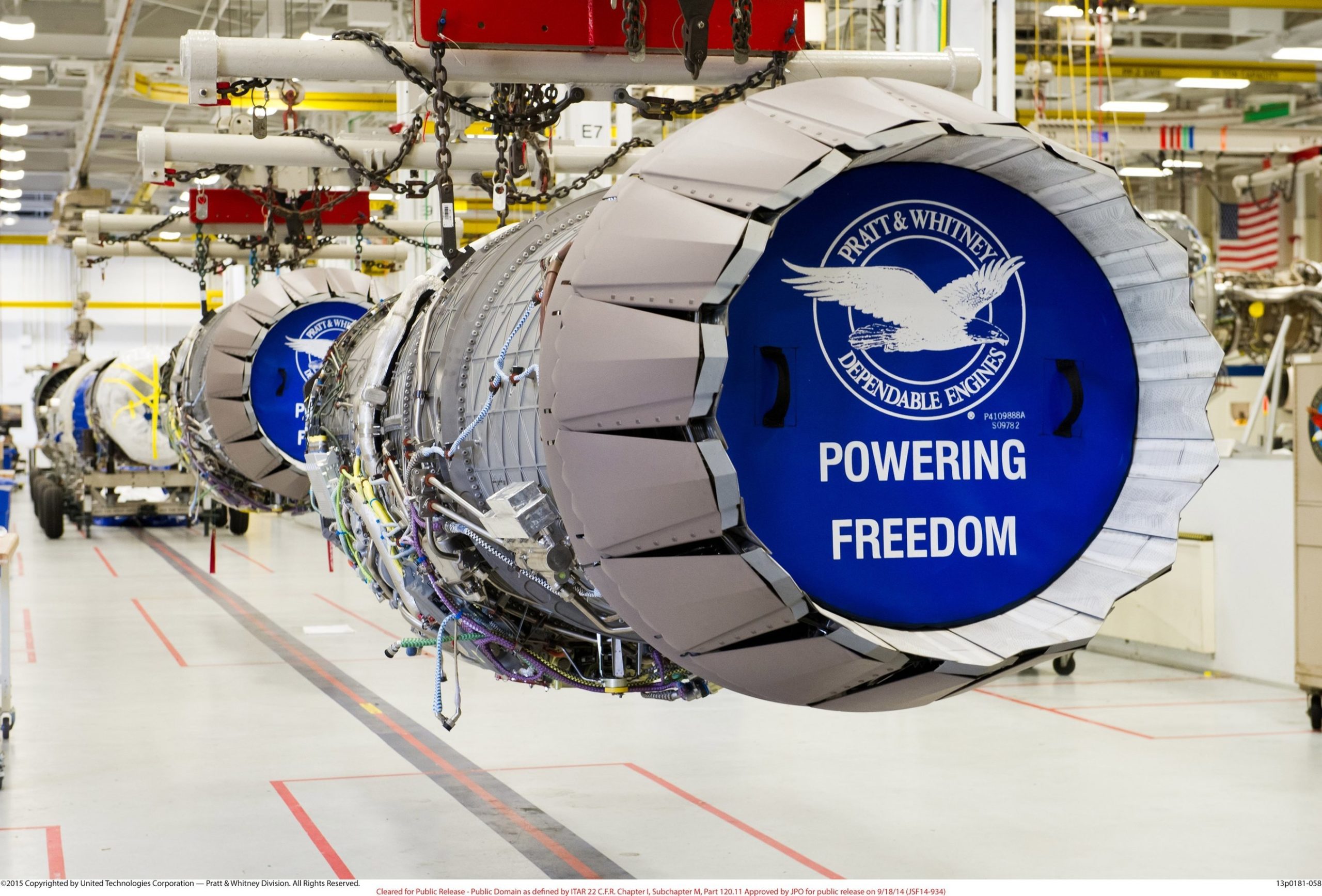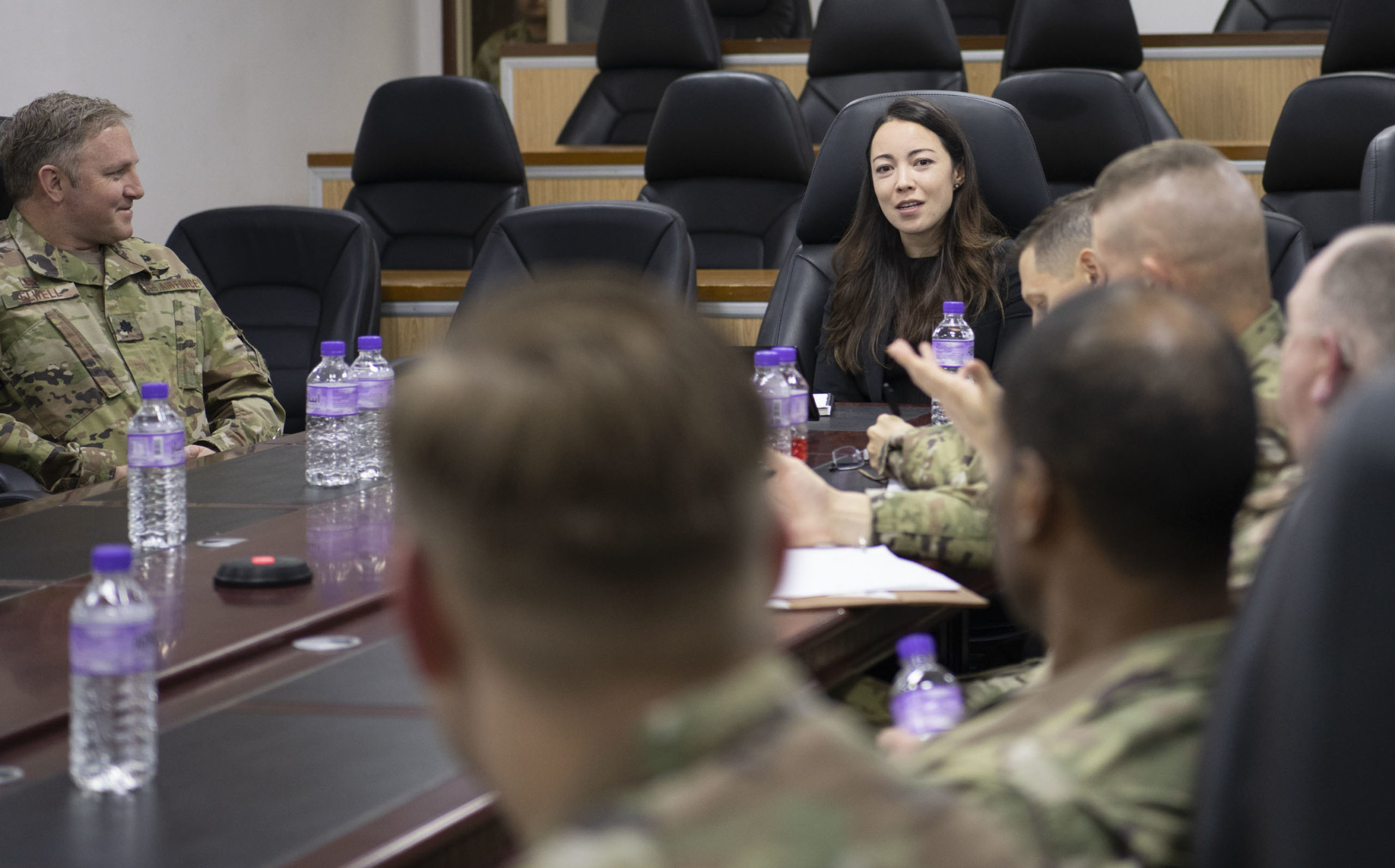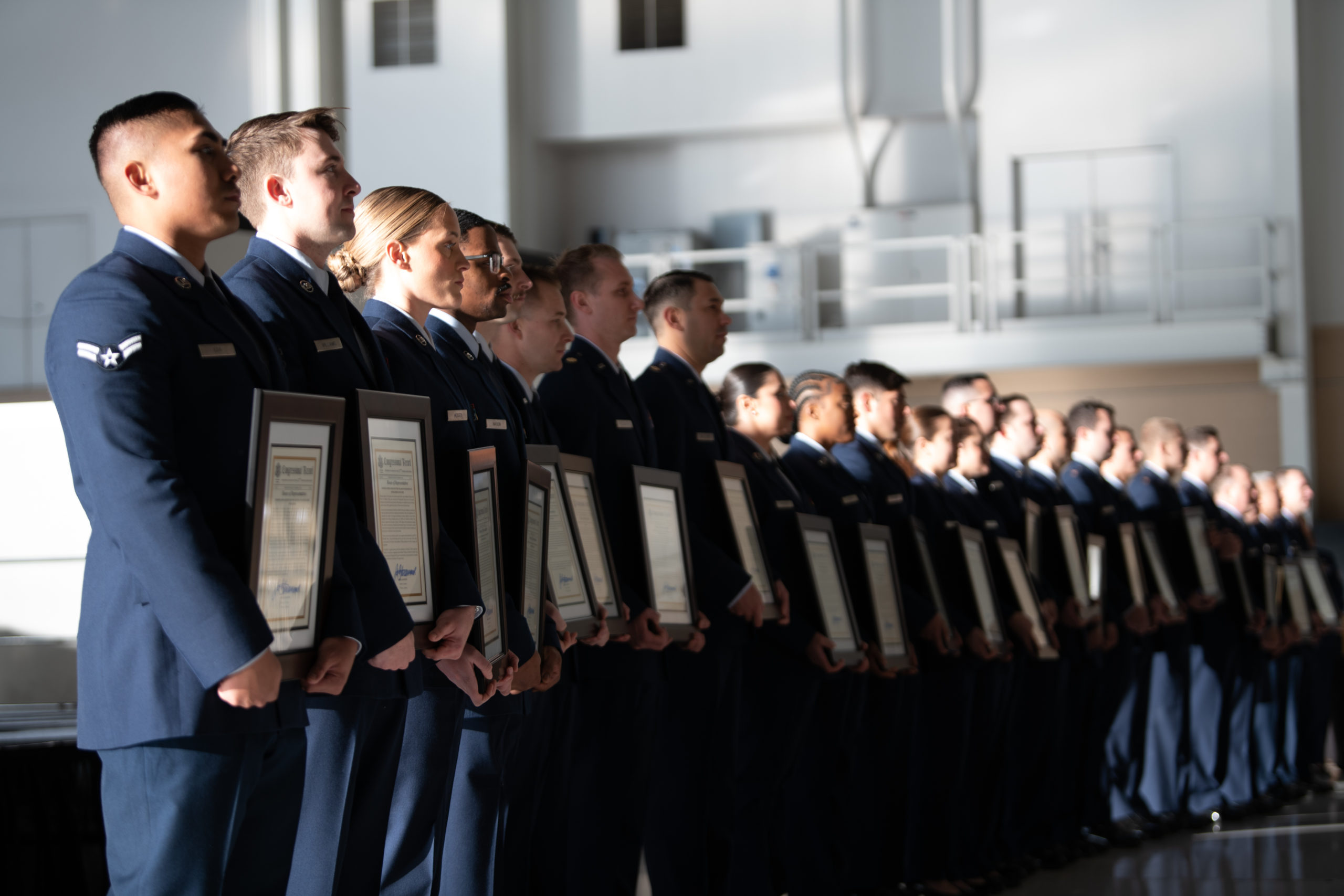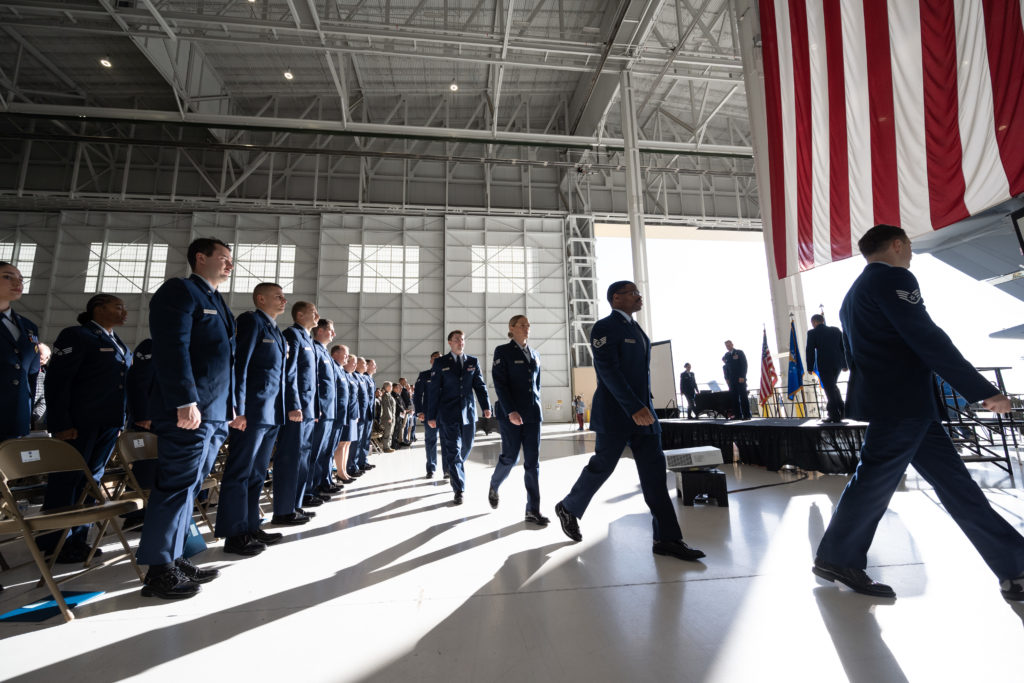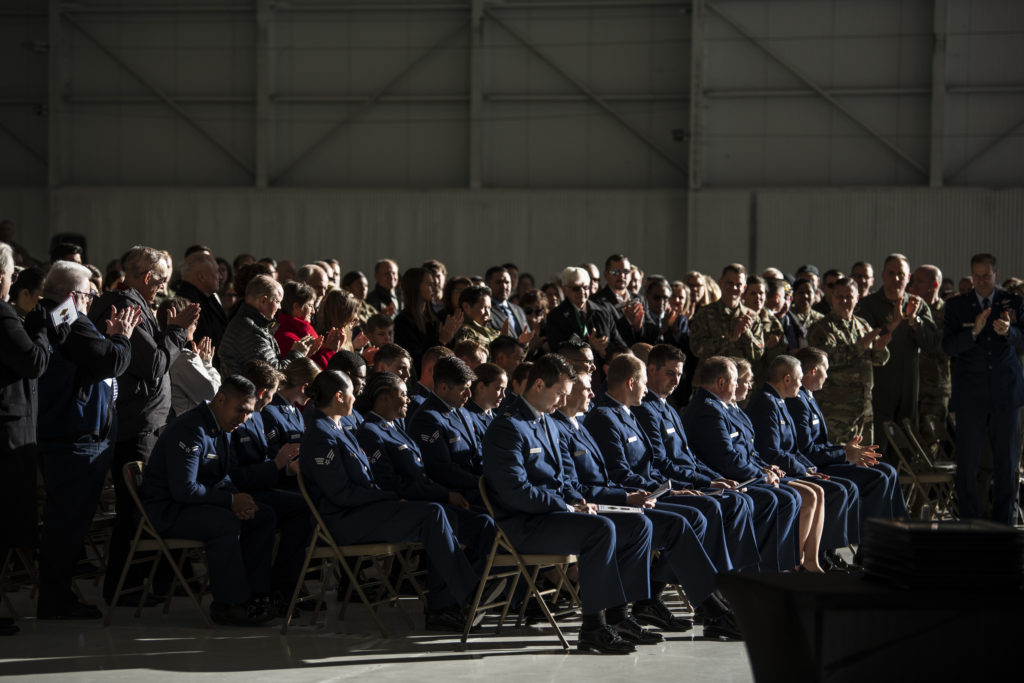It will take a few extra months for the Space Development Agency’s “Tranche 0”—the initial batch of satellites in SDA’s planned constellation in low-Earth orbit—to lift off, as the agency has delayed two planned launches.
The first launch for Tranche 0, which will also be the first launch in SDA’s history, is now scheduled for March 2023. That’s six months later than the agency’s initial goal of September 2022, which it announced in 2020 when it awarded contracts for the satellites to Lockheed Martin and York Space Systems. That timeline had already been pushed back once to mid-December, with Director Derek M. Tournear citing supply chain issues.
Previously, the agency had stuck to a goal of March 2023 for its second launch of Tranche 0 satellites. Now, however, it is saying that launch has been delayed to June 2023.
SpaceNews first reported the schedule slips, citing technical issues with York Space’s satellites. An SDA spokesperson confirmed the schedule changes to Air & Space Forces Magazine but did not respond directly to queries as to why both dates had changed, only mentioning “careful analysis and … input” from contractors.
“By contract, all four Space Development Agency Tranche 0 performers were required to have their space vehicles ready for launch in September 2022—that was the earliest possible launch date and set a very aggressive delivery schedule,” the spokesperson said in a statement. “SDA built in some launch flexibility to account for risks. As the performers identified and began to mitigate challenges to the aggressive delivery schedule, we adjusted our initial launch to December. More recently, after careful analysis and with input from our performers, we’ve set the initial Tranche 0 launch for March 2023; the second Tranche 0 launch is planned for June 2023.”
Tranche 0 is slated to include 28 satellites in total—20 in the Transport Layer, responsible for communications and data transmission, and 8 in the Tracking Layer, for missile tracking and warning. Lockheed and York split the contract for the Transport Layer, while SpaceX and L3Harris shared the Tracking Layer award. Supply chain issues have reportedly slowed progress on L3Harris’ satellites.
SDA says Tranche 0 will still be in place “in time to participate in critical capability demonstrations,” including military exercises in 2023 and missile targeting demonstrations in 2024, the spokesperson said. Furthermore, the agency is still sticking with its schedule for Tranche 1, aiming to start launching those satellites in September 2024.
Awards for Tranche 1 have already been handed out—York, Lockheed, and Northrop Grumman each earned a part of the Transport Layer, while L3Harris and Northrop won the Tracking Layer. York also won a contract for a planned “Demonstration and Experimentation” program that will be part of Tranche 1.
York Space did not immediately respond to a query from Air & Space Forces Magazine as to whether the technical issue identified with their Tranche 0 satellites will affect the delivery of their Tranche 1 satellites.
In its statement, however, SDA projected confidence that the issues with Tranche 0 will be resolved and help shape future approaches.
“The learning process provides SDA the opportunity to grow our relationship with industry and apply Tranche 0 lessons to future tranches,” the statement read. “SDA is not backing off on speed, as we still believe schedule is king. SDA will continue to push forward and accelerate delivery to field the proliferated low Earth orbit architecture.”
All told, Tranche 1 will consist of more than 160 satellites—128 in the Transport Layer, 28 in the Tracking Layer, and 12 in the Demonstration and Experimentation program. Launches are expected to continue into 2025.
